Philippe Colantoni
Survey of 3D Human Body Pose and Shape Estimation Methods for Contemporary Dance Applications
Jan 04, 2024Abstract:3D human body shape and pose estimation from RGB images is a challenging problem with potential applications in augmented/virtual reality, healthcare and fitness technology and virtual retail. Recent solutions have focused on three types of inputs: i) single images, ii) multi-view images and iii) videos. In this study, we surveyed and compared 3D body shape and pose estimation methods for contemporary dance and performing arts, with a special focus on human body pose and dressing, camera viewpoint, illumination conditions and background conditions. We demonstrated that multi-frame methods, such as PHALP, provide better results than single-frame method for pose estimation when dancers are performing contemporary dances.
Wavelet-based Reflection Symmetry Detection via Textural and Color Histograms
Jul 22, 2017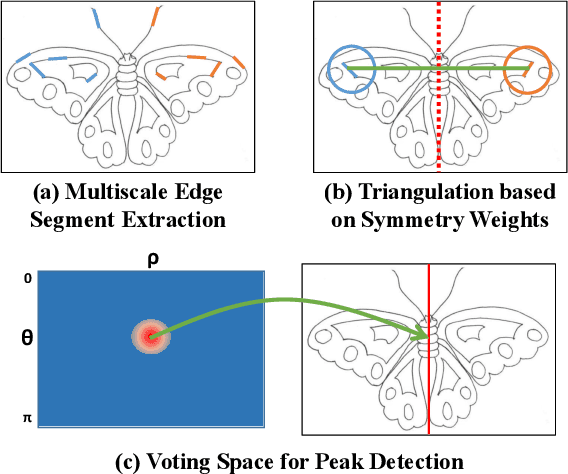


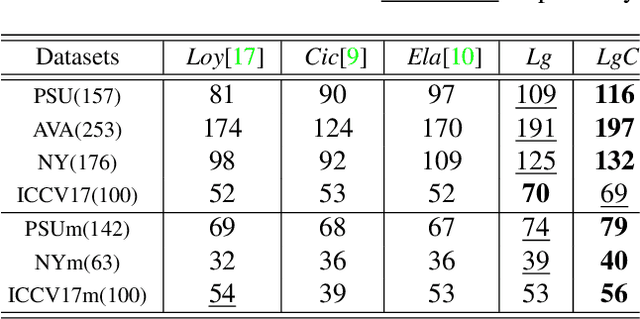
Abstract:Symmetry is one of the significant visual properties inside an image plane, to identify the geometrically balanced structures through real-world objects. Existing symmetry detection methods rely on descriptors of the local image features and their neighborhood behavior, resulting incomplete symmetrical axis candidates to discover the mirror similarities on a global scale. In this paper, we propose a new reflection symmetry detection scheme, based on a reliable edge-based feature extraction using Log-Gabor filters, plus an efficient voting scheme parameterized by their corresponding textural and color neighborhood information. Experimental evaluation on four single-case and three multiple-case symmetry detection datasets validates the superior achievement of the proposed work to find global symmetries inside an image.
Multiple Reflection Symmetry Detection via Linear-Directional Kernel Density Estimation
Apr 21, 2017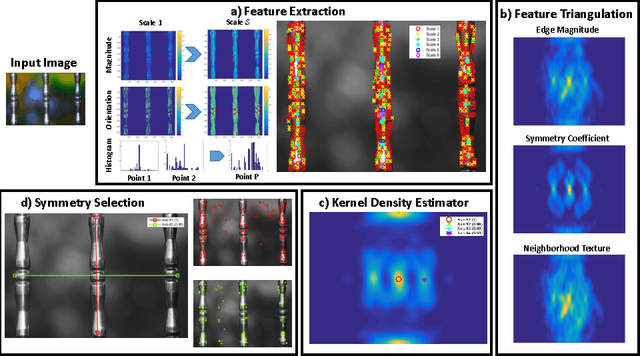
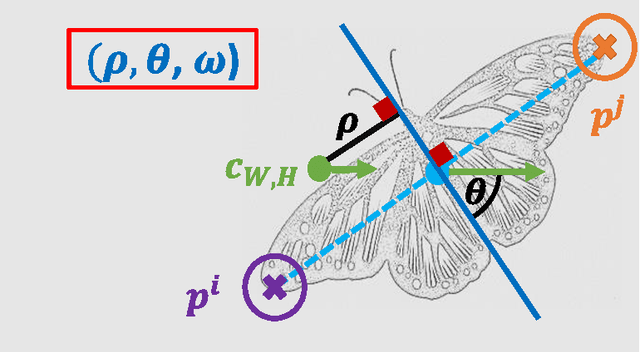
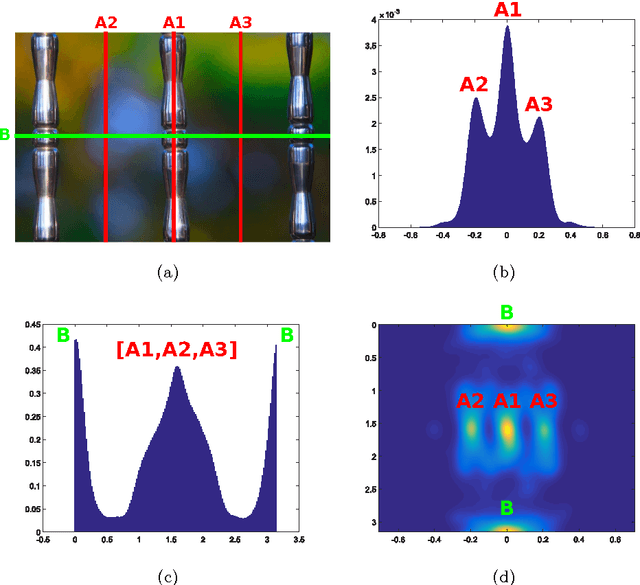
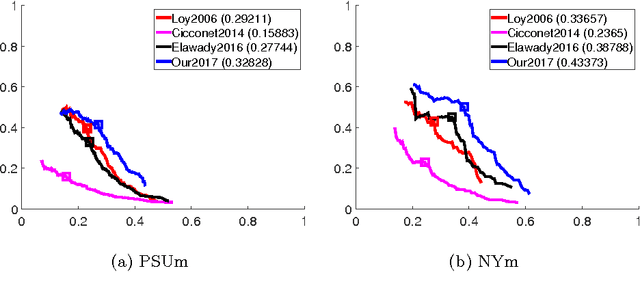
Abstract:Symmetry is an important composition feature by investigating similar sides inside an image plane. It has a crucial effect to recognize man-made or nature objects within the universe. Recent symmetry detection approaches used a smoothing kernel over different voting maps in the polar coordinate system to detect symmetry peaks, which split the regions of symmetry axis candidates in inefficient way. We propose a reliable voting representation based on weighted linear-directional kernel density estimation, to detect multiple symmetries over challenging real-world and synthetic images. Experimental evaluation on two public datasets demonstrates the superior performance of the proposed algorithm to detect global symmetry axes respect to the major image shapes.
 Add to Chrome
Add to Chrome Add to Firefox
Add to Firefox Add to Edge
Add to Edge